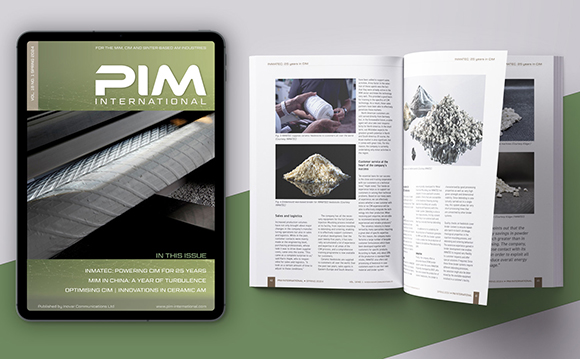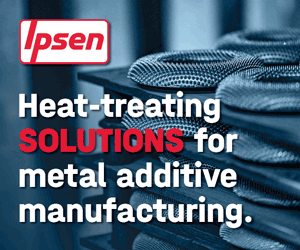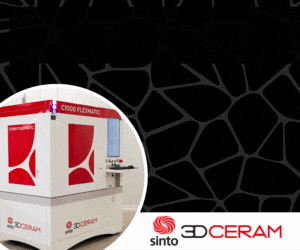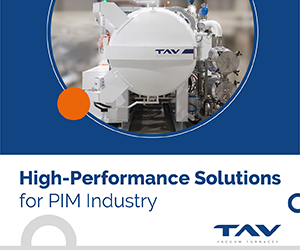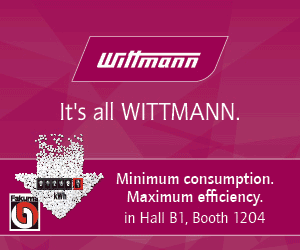Chromalloy breaks ground at a new $5 million ceramic core production facility
April 7, 2011
A new 40,000 square foot ceramic core facility is being built next to Chromalloy Castings’s newly operational $30 million aerospace components foundry in Tampa, Florida, USA.
The ceramic core facility will be built in 2011 and be online by the first quarter of 2012. The company’s new 150,000 square foot investment casting foundry in Tampa, Chromalloy Castings, was unveiled in December 2010 and is fully online. The foundry expanded the company’s casting capability to pour up to one million pounds of superalloy turbine components and parts for aerospace, aero-derivative and industrial gas turbine engines.
Ceramic cores are utilised in the investment casting process to form complex cooling passages within the components, which are necessary to operate effectively in the hot and highly stressed sections of gas turbine engines.
“The new facility will supply the critical ceramic cores used to cast superalloy turbine engine vanes and blades,” said Armand F. Lauzon, Jr., President. “Being co-located with the foundry, it will help us to serve our customers with even stronger production times.”
Florida Governor Rick Scott joined Chromalloy officials and employees as the company broke ground on the new production facility. “This is an important day for Chromalloy, Tampa Bay and the State of Florida,” said Lauzon. “We are pleased to be a vital member of the community with a new world-class foundry, and now a new companion core production facility that will help us better serve our customers worldwide.”
Chromalloy’s parent company, Sequa Corporation, has corporate headquarters in Tampa. The company also operates a joint venture company, BELAC LLC, in nearby Oldsmar, Florida, also in the Tampa Bay area. BELAC is a producer of turbine engine components for aerospace turbines.
The company, with 52 locations worldwide, casts components for the “hot section” or critical gas path of the engine, for the entire range of jet aircraft engines as well as marine, aero-derivative and heavy frame industrial turbines, including the largest and most complex turbine blades and vanes for power generation engines (IGT).




